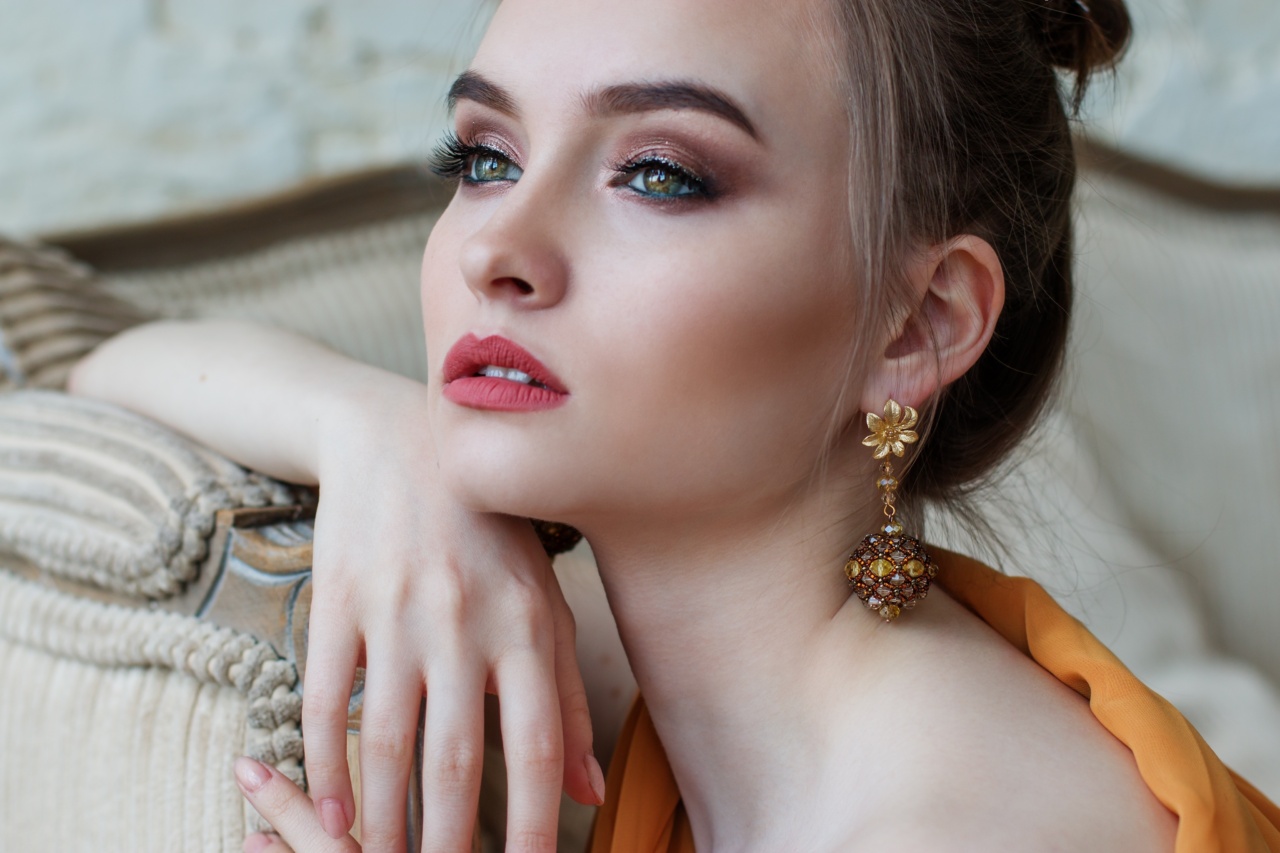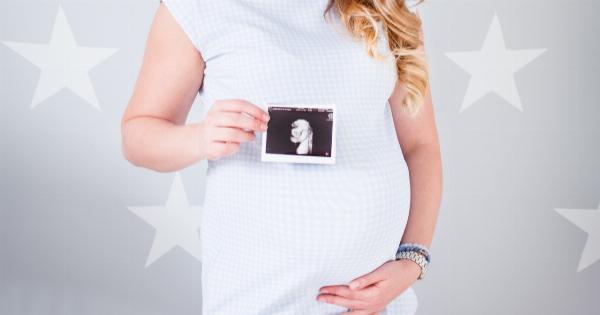Pregnancy is a beautiful phase in a woman’s life, filled with anticipation, excitement, and hormonal changes. These changes affect every aspect of a woman’s body, including her hair and skin.
It is common for pregnant women to experience various alterations in their hair texture, volume, and growth as well as skin conditions. In this article, we will explore nine ways your hair and skin change during pregnancy, with some visual aids to help you understand these transformations better.
1. Increased Hair Growth
Many women notice a surge in hair growth during pregnancy. This is due to elevated levels of estrogen, which prolongs the active hair growth phase, resulting in thicker and more luscious locks.
You might also observe hair growth in areas where it is not typically present, such as the face or body.
2. Thicker Hair
In addition to increased hair growth, the individual hair strands may become thicker during pregnancy. This change is mostly attributed to higher estrogen levels, which can alter the hair shaft’s diameter and result in a fuller appearance.
3. Changes in Hair Texture
The hormonal fluctuations during pregnancy can also impact hair texture. Some women notice that their hair becomes straighter or curlier than usual.
Hormones can alter the way hair follicles respond to styling tools and products, leading to different texture patterns.
4. Excessive Hair Shedding
While it might seem contradictory, some pregnant women experience excessive hair shedding. This phenomenon occurs after giving birth and is known as postpartum hair loss.
During pregnancy, higher estrogen levels keep the hair in the growth phase, but once hormone levels return to normal after childbirth, the hair enters a resting phase, leading to hair fall.
5. Stretch Marks
As your baby bump grows, the skin stretches to accommodate the growing fetus. This stretching can result in the development of stretch marks, especially in areas like the abdomen, breasts, thighs, and buttocks.
These marks often appear as red or purple lines on the skin, which gradually fade to a lighter color over time.
6. Changes in Skin Pigmentation
Pregnancy hormones can trigger an increase in melanin production, causing changes in skin pigmentation. Many women experience hyperpigmentation, commonly known as the “mask of pregnancy” or melasma.
It appears as dark patches on the face, particularly around the cheeks, forehead, and upper lip. Additionally, some women may notice darkening of the areolas, freckles, or moles.
7. Acne
Hormonal fluctuations during pregnancy can affect sebum production, leading to increased oiliness of the skin. This excess oil, along with clogged pores, can result in acne breakouts.
Some women who never had acne before might experience it during pregnancy, while others may notice an improvement in their skin.
8. Spider Veins
Increased blood volume and hormonal changes can cause the appearance of spider veins, especially on the legs. These tiny, dilated blood vessels appear close to the skin’s surface and may resemble spider webs or tree branches.
Although they usually fade after giving birth, they can persist and may require medical intervention in some cases.
9. Hair and Nail Brittle
Some pregnant women may experience changes in the strength and quality of their hair and nails. Hormonal fluctuations, nutritional deficiencies, and an increase in blood volume can lead to hair and nail brittleness.
Taking prenatal vitamins and maintaining a balanced diet rich in vitamins and minerals can help alleviate this condition.
Conclusion
Pregnancy brings about incredible changes in a woman’s body, including notable transformations in hair and skin. Understanding these changes can help you embrace and adapt to the various ways your body responds to pregnancy hormones.
Remember, these changes are temporary and often normalize after childbirth. Embrace your pregnancy journey and enjoy the unique beauty that comes with it!.



























